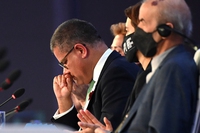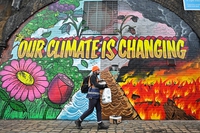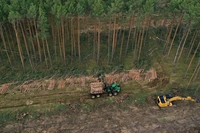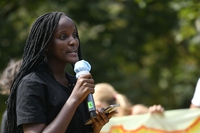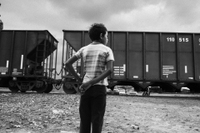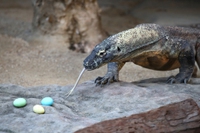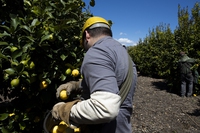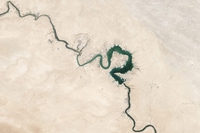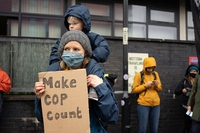
Looking back at COP26
As the weeks since the end of COP26 go by, there’s been more time to reflect on the Glasgow climate conference. And realise that all hope is not yet lost.
As the weeks since the end of COP26 go by, there’s been more time to reflect on the Glasgow climate conference. And realise that all hope is not yet lost.
COP26 ended on Saturday 13th November, one day later than expected. Some positives and many negatives in the Glasgow Climate Pact, weakened by India’s last-minute change.
Governments made announcements, leaders spoke, decisions were made, civil society protested. This is what happened during the first week of COP26.
One hundred nations at COP26 in Glasgow made a promise to end deforestation by 2030. NGOs say this commitment is not good enough.
Young Ugandan activist Vanessa Nakate has become a spokesperson for the African people who are suffering most because of the climate crisis.
Cerrejon is one of the biggest coal mines in the world for energy production, in the middle of indigenous Wayuu territory. Today they suffer from high rates of malnutrition and disease.
Tuna recovers while the Komodo dragon falls into the endangered list due to climate change. Sharks and rays are also at risk because of overfishing.
The United States follow the European Union’s example in banning the chlorpyrifos pesticide, a hazardous chemical for the development of children.
Kenya’s first National Wildlife Census reveals that there are dangerously few specimens remaining of several iconic species, including the black rhino.
In northeastern Syria, the Euphrates’ water level is so low that five million people risk being left without drinking water.
